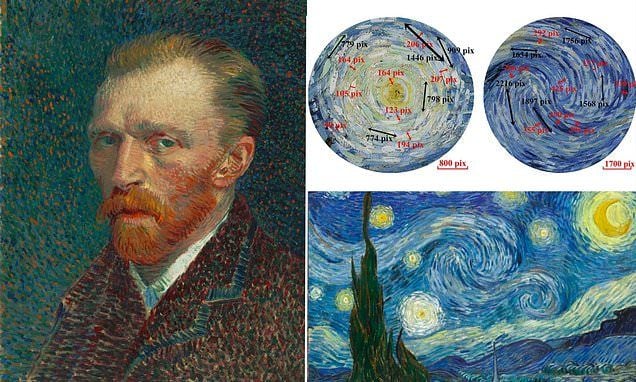Van Gogh’s ‘The Starry Night’ captures hidden atmospheric turbulence, study suggests

Vincent van Gogh’s “The Starry Night”, often regarded as one of the greatest artworks, has long been interpreted as a reflection of his mental state.
However, a new study by researchers in China and France suggests the painting holds more scientific significance, particularly in its depiction of atmospheric turbulence.
Created in 1889 during Van Gogh’s stay at an asylum in Saint-Rémy-de-Provence, the painting portrays a swirling night sky, inspired by the view from his window.
Experts now believe that these swirling patterns accurately represent “hidden turbulence”—air currents invisible to the naked eye. The researchers analyzed a high-resolution image of the painting and found that the brushstrokes align with the physics of real skies.
The study concludes that Van Gogh’s depiction of air movement, including the size and spacing of swirling eddies, demonstrates an accurate portrayal of atmospheric turbulence.





